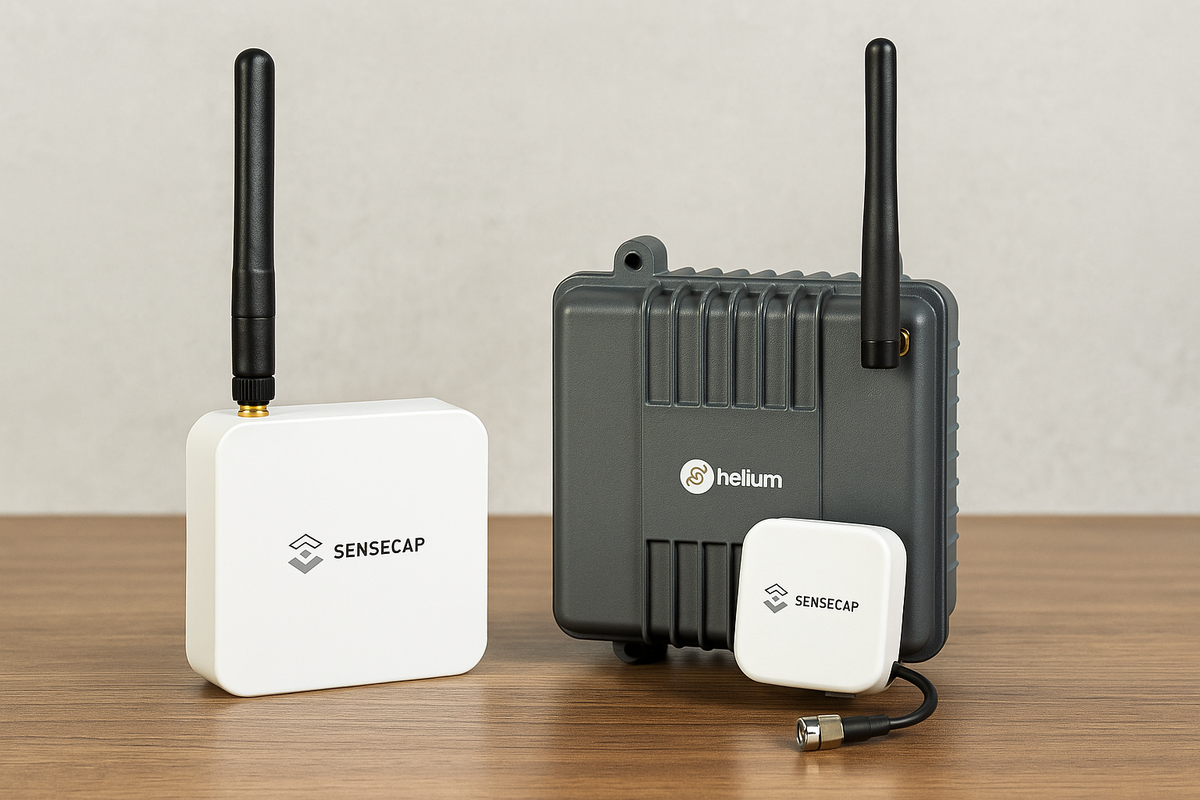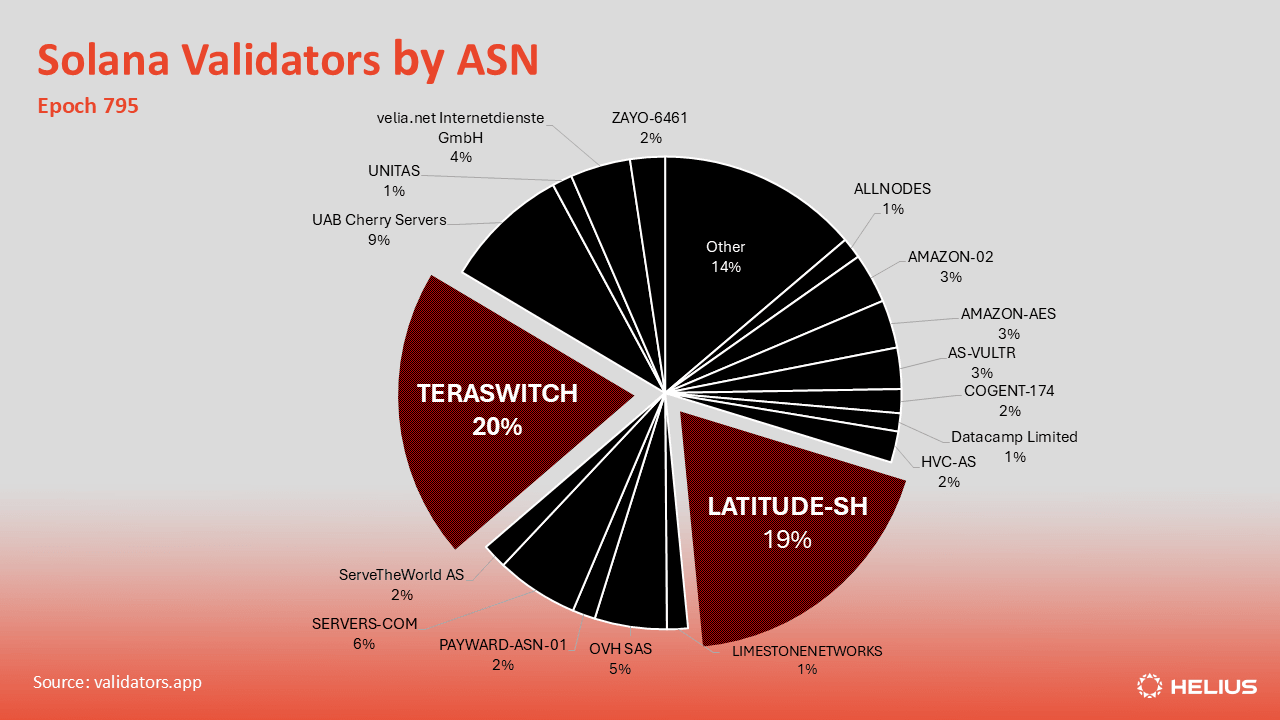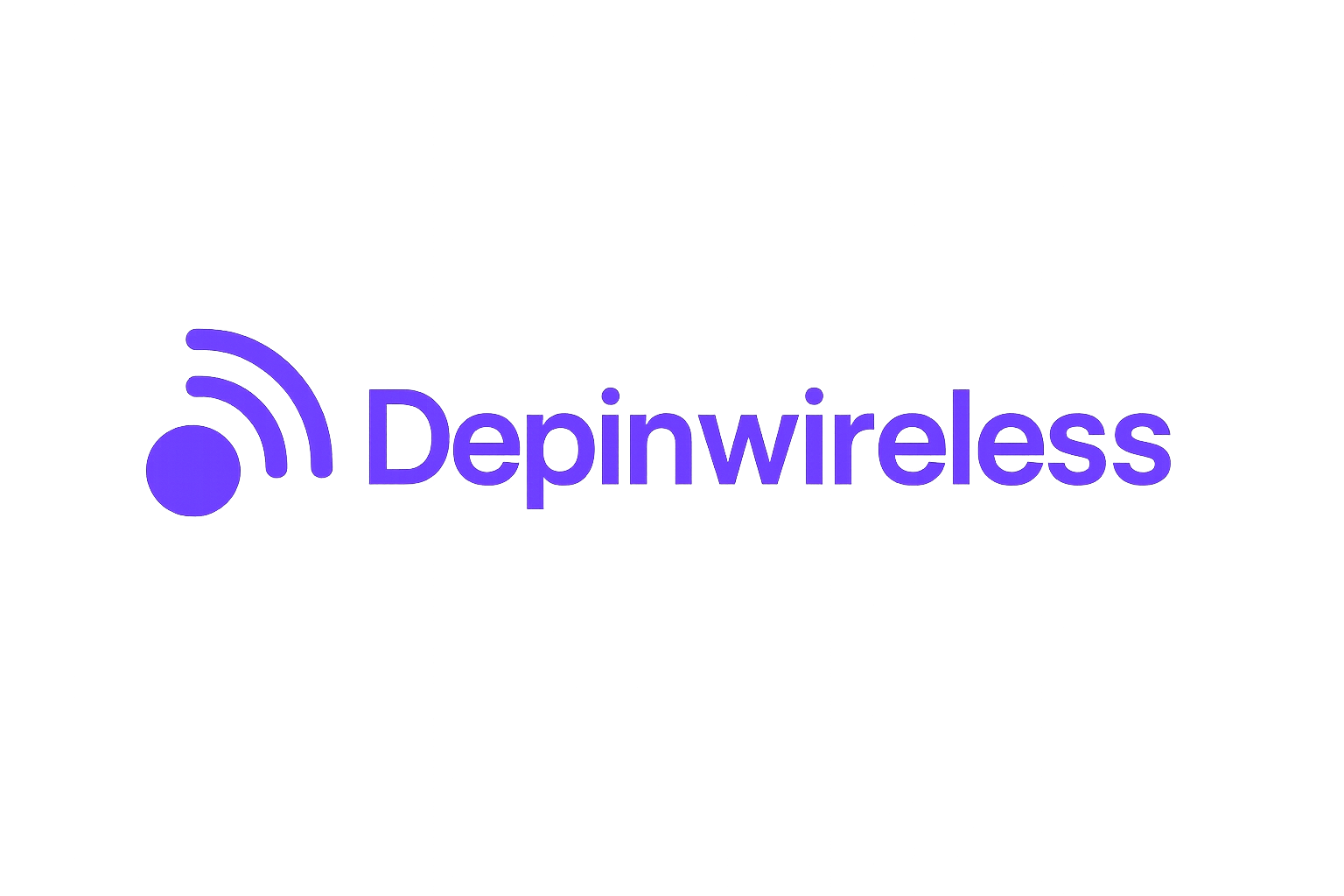
Decentralized wireless is no longer just a vision – it’s a rapidly maturing reality, with the Helium Network at the forefront. Helium’s blend of blockchain incentives, real-world connectivity, and strategic telecom partnerships has created a new paradigm for wireless infrastructure. In 2025, Helium is not only scaling coverage but also demonstrating tangible revenue and real-world utility in the DePIN (Decentralized Physical Infrastructure Networks) ecosystem.
Helium’s Network Expansion: Hotspots, Subscribers, and Data Growth
The numbers tell a compelling story. By Q1 2025, Helium’s IoT network had surpassed 376,000 active hotspots, up 4.7% quarter-over-quarter. These hotspots aren’t just blinking boxes on a map; they’re delivering value by transferring over 1,087 TB of data for IoT and mobile users worldwide. The mobile side is surging even faster: over 160,000 subscriber sign-ups, a 28% jump from the previous quarter, highlight accelerating adoption of decentralized wireless plans. For context, Helium Mobile had already reached over 124,000 users by late 2024 (source). The momentum is unmistakable – DePIN-powered coverage is here to stay.
Innovations Powering Real-World Use Cases
The secret sauce behind Helium’s growth isn’t just more hardware – it’s continuous innovation:
- Solana Blockchain Migration: In 2023-2024, Helium migrated to Solana, enabling the minting of hotspots as compressed NFTs. This drastically reduced on-chain storage costs and allowed millions of micropayments at minimal fees – essential for scaling global IoT coverage (source).
- Helium Plus: Launched in June 2025, this feature lets existing Wi-Fi routers join the network without extra hardware. With up to 2.3 billion Wi-Fi access points globally, this move could supercharge coverage and lower entry barriers dramatically.
- Tight Telecom Integration: Strategic partnerships with giants like T-Mobile and AT and T allow Helium to offload cellular traffic in high-demand areas. Not only does this reduce congestion for carriers – it generates direct revenue for hotspot operators.
This isn’t theoretical: by Q4 2024 alone, the network transferred over 576 TB of offloaded data from major US mobile carriers, representing an eye-popping 555% quarter-over-quarter increase (source). The value proposition for both users and traditional telecoms is clear.
Sustainable Revenue Streams: Burn-Mint Model and Carrier Partnerships
No DePIN project can survive on hype alone – real revenue matters. Here’s where Helium stands out:
- The Burn-Mint Model: Users convert HNT tokens into non-transferable Data Credits (DCs) to access network services. Mobile data costs $0.50 per GB; IoT messages are billed per increment.
- Sustained On-chain Revenue: By April 2025, on-chain revenue hit a steady peak of $63,000 per week. That’s not just token speculation – it reflects actual demand for decentralized wireless bandwidth (source).
- T-Mobile Partnership Revenue: T-Mobile compensates Helium based on usage when its customers roam onto the decentralized network in high-traffic zones – creating genuine cash flow and further reducing HNT supply via token burns.
Helium (HNT) Price Prediction 2026-2031
Forecast based on real-world adoption, DePIN sector growth, and evolving market conditions
| Year | Minimum Price | Average Price | Maximum Price | Year-over-Year Change (Avg) | Market Scenario Insights |
|---|---|---|---|---|---|
| 2026 | $1.95 | $2.60 | $3.35 | +10.6% | Consolidation phase post rapid 2025 expansion; regulatory clarity supports stability |
| 2027 | $2.20 | $3.10 | $4.10 | +19.2% | DePIN sector adoption accelerates; new Wi-Fi integrations boost network usage |
| 2028 | $2.65 | $3.70 | $5.05 | +19.4% | Deflationary supply from Data Credits model and global telecom partnerships drive demand |
| 2029 | $3.10 | $4.45 | $6.10 | +20.3% | Continued hotspot expansion; potential new use cases in enterprise IoT and smart cities |
| 2030 | $3.65 | $5.25 | $7.25 | +18.0% | Mature DePIN ecosystem; increased mainstream adoption and network monetization |
| 2031 | $3.95 | $5.85 | $8.10 | +11.4% | Competitive pressures emerge but Helium maintains leadership via innovation and partnerships |
Price Prediction Summary
Helium (HNT) is positioned for steady medium- to long-term growth, supported by its expanding decentralized wireless infrastructure, strategic partnerships with major telecoms, and innovative use cases in the DePIN sector. The price outlook reflects a realistic progression, balancing bullish adoption scenarios with potential market corrections and regulatory risks. Progressive average price gains are expected as real-world usage grows and tokenomics remain deflationary.
Key Factors Affecting Helium Price
- Sustained network growth (hotspots, data usage, subscriber base)
- Integration of Wi-Fi routers and mass-market accessibility (Helium Plus)
- Deflationary burn-mint tokenomics driving supply reduction
- Strategic partnerships with telecom giants (e.g., T-Mobile, AT&T)
- Regulatory clarity post-SEC settlement
- Competition from other DePIN and wireless infrastructure projects
- Broader crypto market cycles and macroeconomic conditions
Disclaimer: Cryptocurrency price predictions are speculative and based on current market analysis.
Actual prices may vary significantly due to market volatility, regulatory changes, and other factors.
Always do your own research before making investment decisions.
This financial structure turns every byte transferred into value for both users and token holders while reinforcing the deflationary mechanics underpinning HNT.
The Regulatory Backdrop and Market Position Today ($2.35 HNT)
No discussion would be complete without addressing regulatory headwinds. In January 2025, the SEC filed against Nova Labs Inc. , alleging unregistered securities sales related to Helium tokens; by April that year, claims were dismissed after a $200,000 settlement (source). With this cloud lifted (for now), market focus has returned to fundamentals: adoption metrics and sustainable revenue streams.
The current price of HNT stands at $2.35, reflecting cautious optimism as investors weigh regulatory clarity against ongoing user growth and expanding use cases.
Helium’s ability to generate real-world revenue from both IoT and mobile use cases is setting the pace for the entire decentralized wireless (DePIN) sector. The network’s blend of blockchain-driven incentives, open participation, and seamless telecom integration is producing a flywheel effect: as more users join, coverage improves, which in turn attracts additional partners and usage.

Diverse Use Cases: From Smart Cities to Everyday Connectivity
The decentralized nature of Helium’s infrastructure unlocks a wide spectrum of applications that go far beyond speculative mining:
Top 5 Real-World Helium Network Use Cases in 2025
-

1. Mobile Data Offloading for Major CarriersThe Helium Network enables major US carriers like T-Mobile and AT&T to offload mobile data traffic onto its decentralized infrastructure. In Q4 2024 alone, over 576 TB of carrier data was transferred, helping carriers reduce congestion and operational costs in high-traffic areas.
-

2. Decentralized IoT ConnectivityWith over 376,000 active IoT hotspots across 80+ countries, Helium provides low-cost, long-range wireless coverage for IoT devices. This supports applications like asset tracking, smart agriculture, and environmental monitoring at a global scale.
-

3. Helium Mobile: Affordable Unlimited Talk & TextHelium Mobile offers unlimited talk and text messaging services, now with over 160,000 subscribers as of Q1 2025. This DePIN-powered alternative provides affordable, decentralized mobile connectivity, especially attractive for cost-conscious users.
-

4. Wi-Fi Router Integration via Helium PlusLaunched in June 2025, Helium Plus allows existing Wi-Fi routers to join the network without extra hardware. This innovation could integrate up to 2.3 billion global Wi-Fi access points, massively expanding Helium’s coverage and utility for users and businesses alike.
-

5. Micropayments and Tokenized Network AccessThanks to its migration to the Solana blockchain, Helium enables millions of low-fee micropayments for network access. Users convert HNT (currently $2.35) into Data Credits to pay for IoT and mobile data, creating a sustainable, deflationary economic model.
For city planners, Helium hotspots are powering smart parking sensors and environmental monitors. Logistics companies are tracking assets in real time across borders without relying on expensive roaming agreements. In rural zones, community-driven deployments are filling gaps left by traditional carriers, offering affordable connectivity for everything from agricultural sensors to wildfire detection systems.
On the consumer side, Helium Mobile is carving out a niche with unlimited talk and text plans that leverage both decentralized and partner networks. Early adopters are already benefiting from lower costs and improved coverage in urban dead zones. With the introduction of Helium Plus, even home Wi-Fi routers can now become part of this new wireless backbone, opening up passive income opportunities for millions worldwide.
Decentralized Wireless: Opportunity and Challenges Ahead
The road ahead isn’t without friction. While regulatory clarity has improved after Nova Labs’ settlement with the SEC, questions around long-term compliance remain. Network profitability still varies by region, urban areas with high demand see stronger returns for hotspot operators than sparsely populated zones. Furthermore, competition from other DePIN projects is heating up as the value of blockchain wireless infrastructure becomes more widely recognized.
Yet these challenges are matched by outsized opportunity. As data offloading becomes mission-critical for legacy carriers facing 5G congestion, Helium stands uniquely positioned to monetize its growing footprint, turning every gigabyte into sustainable cash flow. The burn-mint model ensures that network usage directly impacts tokenomics, aligning incentives for builders, operators, and investors alike.
What’s Next? The Future of DePIN 5G Coverage
Looking forward, several trends will define Helium’s trajectory within decentralized wireless:
- Global Wi-Fi Onboarding: If even a fraction of the world’s 2.3 billion Wi-Fi routers join via Helium Plus, network scale could skyrocket practically overnight.
- Carrier Partnerships Deepen: As congestion grows on legacy networks, expect more telecom giants to explore revenue-sharing models with DePIN providers like Helium.
- Evolving Governance: Community-driven upgrades will be key as new use cases emerge, from enterprise IoT deployments to mesh-based emergency networks.
The current HNT price at $2.35 serves as a barometer for both risk appetite and belief in decentralized connectivity’s future (source). For those watching the intersection of crypto and physical infrastructure, or considering deploying their own hotspot, the message is clear: opportunity favors the prepared.






